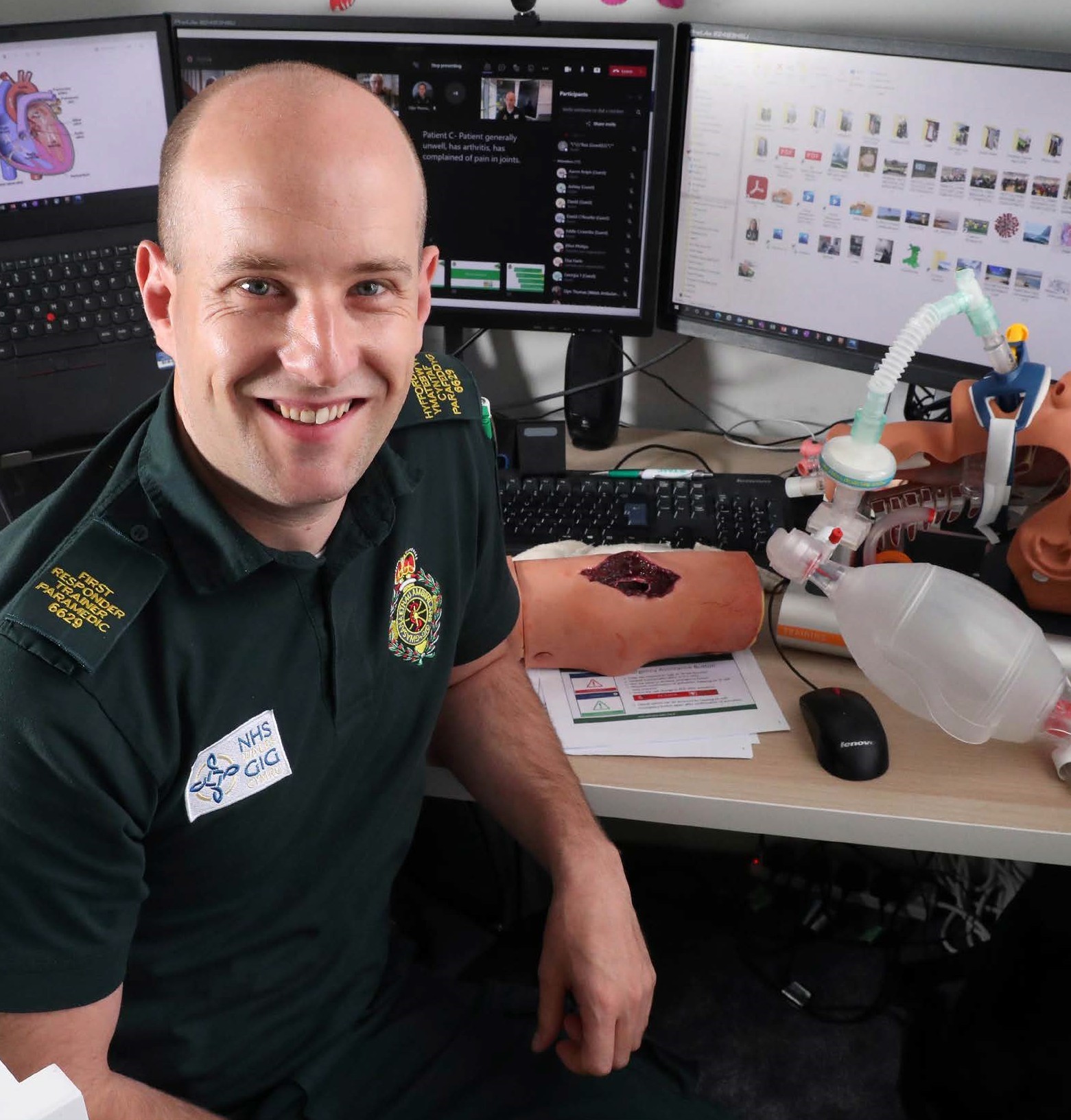Making flexible working an option for its entire workforce is the challenge.

The Welsh Ambulance Services NHS Trust (WAST) had a more critical task than most when lockdown forced the need for many of its staff to work from home in March 2020.
The country-wide organisation, with key sites in Cwmbran, St Asaph and Swansea, employs more than 4,500 people in frontline roles and corporate services. At the height of the pandemic, it was responding to several thousand calls a day to its 111 and 999 services.
With the directive for all non-essential staff to work from home, the challenge for the senior management teams was to create a new way of working at a time when their organisation was under unprecedented pressure.
Claire Vaughan, director of workforce and organisational development for WAST, said:
“Before the pandemic, many of our corporate teams worked a traditional 9 – 5, Monday to Friday working pattern, but that had to change almost overnight. And our IT and estate teams worked around the clock to create spaces and provide the technology to enable us to continue to function efficiently and safely, whether that was in our Clinical Contact Centres or at home.
Looking back, Claire acknowledges that the co-operation of the workforce was key to making that happen. She said:
“Home working was a huge step up for us, but people understood the ask. There was no rule book or policy we could work to – we hadn’t done it before and there were challenges on all sorts of levels in terms of compliance, safety and IT – but there was a willingness to make it happen.
One of the initial musts for WAST was repurposing its office spaces to enable the Clinical Contact Centre teams to work safely.
Offices that had previously been occupied by administrative staff – now working remotely – were transformed to enable 999 and 111 call takers and clinicians to be at base, but socially distanced.
Claire believes a partnership effort, with support from Welsh Government, the local health boards and trade union partners all pulling together, enabled WAST to manage the process.
She said:
“Communication was key at every level. Like the rest of the country, we relied on Zoom, Teams and WhatsApp groups to keep in touch. WhatsApp provided an informal space to let off steam and it really was a source of support for so many, while Zoom enabled us to reach a lot of people at one time. In the very early days of lockdown, nearly 1,000 employees attended one of the update meetings, and we still do those meetings every few weeks to keep people in touch.
The thinking going forward is that the corporate workforce at WAST will continue to work from home in part. The management team recognises its benefits in terms of quality of life for individuals and also the positive impact it will have on the environment with fewer people commuting to work.
The big challenge for WAST moving forward is defining how flexibility will look for frontline staff like paramedics and call takers whose roles require them to be in a certain place at a certain time.
Claire said:
“The last thing we want to do is create a two-tier workforce, where corporate staff are seen to have flexibility, when frontline staff have to work in a more rigid way – and that is going to be a real challenge for our leadership to address going forward.
“As an organisation, we have to define what flexibility means, so that we create a flexible working model that takes into account the entire workforce. For WAST, that is going to mean focusing on how and when people work, not just where they work, so that everyone has greater ownership.
“As we start to transition back to a more normal world, we expect the long-term move to hybrid will help us to continue to build a unified, motivated and energised workforce, and we believe this will help with the recruitment and retention of staff from a much wider geographical area. Ultimately, we are all about patient care and a happy workforce means better care for patients.
